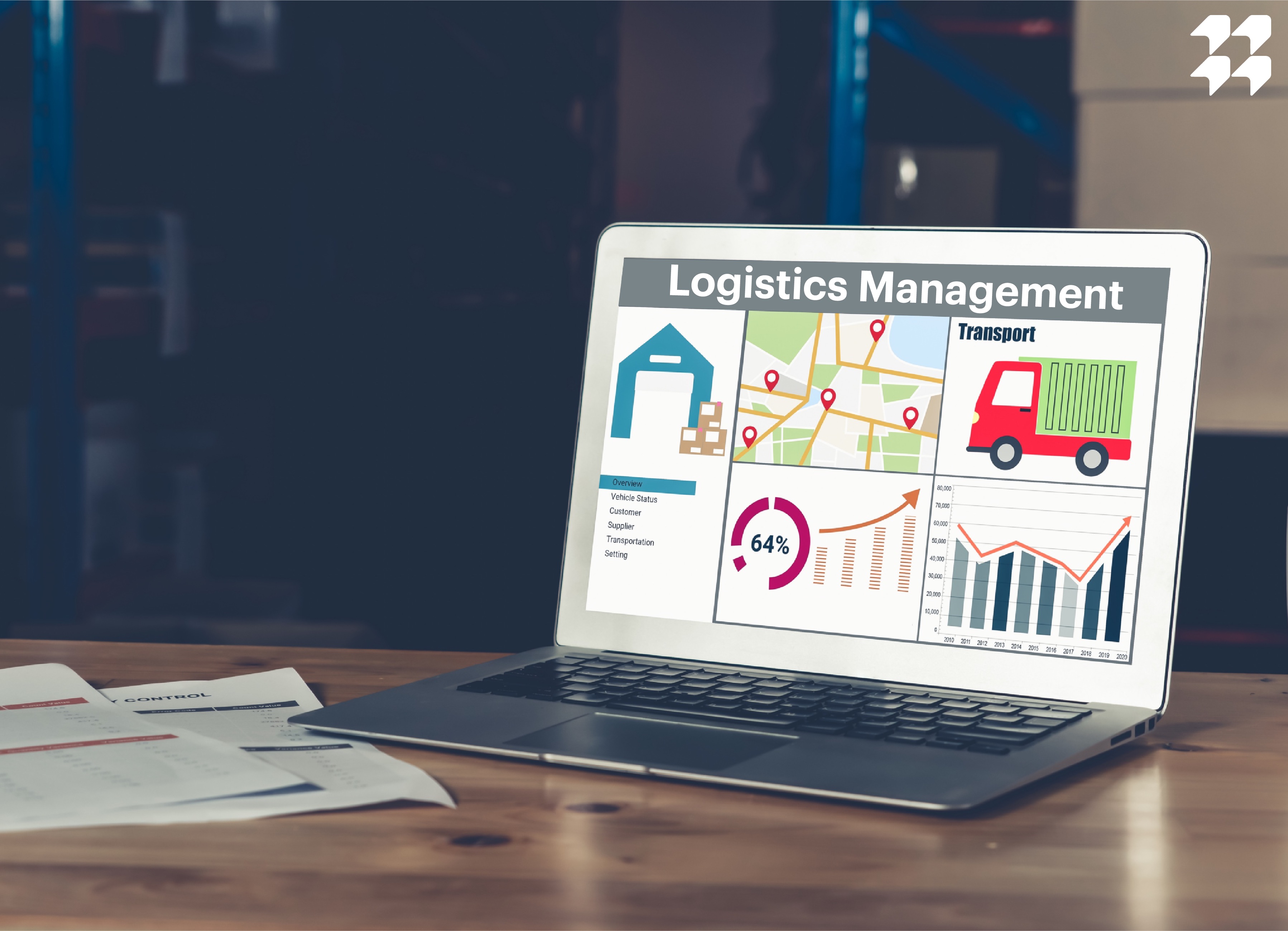Top emerging trends for shipping & Logistics industry in the year 2022

Logistics in literal terms refers to the overall process of managing how the resources in an organization such as equipment, inventory, food, liquids, and materials are acquired, stored, and transported from one location to another. Slowly the world is getting back on track, the logistics industry is projected to reach $12,975.64 billion by 2027. 2022 is said to have a great impact on the logistics industry, giving it a boost with its new trends and better technology. This article will shed light on some of the important trends that will change the way the logistics industry works, to a great extent.
1) Green Logistics
It is imperative for all industries, including logistics, to practice environmentally responsible practices. Green logistics is one such trend that will become increasingly prevalent. Green logistics can be adopted by logistic companies in the following ways:
- Environmentally friendly warehouses that use timers to gauge and monitor the usage of resources such as electricity, heat, water, and gas
- Vehicles powered by electric and solar energy
- Packaging made from biodegradable materials
- Utilizing software to calculate carbon footprints
2) The blockchain
Blockchain is a new method of storing and transferring information that maintains a record of transactions across several computer networks. In a computer network, a blockchain is a distributed database that is shared between all nodes. It is a digital database in which data is stored electronically.
By using blockchain, the logistics industry can integrate all components into a single platform. The same platform can be used by logistics providers, carriers, shipping lines, and others throughout the value chain. It can also be used for payments and invoicing.
It provides updated information about the product journey, identifies problems before they occur, and provides unparalleled data protection.
3) Robotics
The logistics industry continues to use robotics increasingly, and it is expected to remain on the list of top trends in the future. A growing number of companies are using drones to deliver small items. Self-driving vehicles will also become more common. In the logistics industry, robotics can boost productivity dramatically by automating monotonous and labor-intensive tasks. Rather than replacing humans, it will delegate repetitive tasks to machines, allowing humans to focus on more valuable tasks.
4) Micro Warehouses and Last Mile Distribution
Micro-warehousing is a fulfillment system that is largely situated outside of the main warehouse. These warehouses are expected to contribute actively in the coming year to bring inventory closer to the customer. It's more useful for everyday consumer goods and other items that require minimal handlings, such as same-day and next-day deliveries. The trend toward micro warehouses is on the rise, but the setup is costly to maintain. Additionally, micro warehouses are not suitable for all SKUs and are highly dependent on customer location. Due to these factors, sellers are increasingly outsourcing their warehouses with logistics service providers for seamless last-mile delivery.
5) An increased demand for 3PL and 4PL services
As eCommerce continues to grow, the demand for 3PL (Third-Party-Logistics) and 4PL (Fourth-Party-Logistics) services is projected to increase. As per research, the global 3PL market will reach $1.1 trillion over the next six years. There will be an increase in the demand for 3PL companies that offer warehouses in multiple locations due to the efficiency of last-mile logistics. A 3PL or 4PL model offers several advantages, such as being cost-effective, faster, and more responsive. Although it does not have many disadvantages, it lacks direct control and greatly increases a manufacturer's dependency on logistics providers. Discrepancies are the responsibility of the company, not the logistics provider.
6) Hyperlocal Delivery
Hyperlocal is one such business model which is growing these days, due to the rise of technological advancements, the COVID-19 pandemic, and the growing number of experimentative consumers seeking comfort in shop from home setup. Ideally, the pick-up location and the customer's address should both fall within the same pincode. It is most commonly used for grocery delivery, medicines, household supplies, food delivery, etc. Businesses that operate in hyperlocal e-commerce have the advantage of offering high-speed delivery of products and services
Conclusion
With the phenomenal growth of eCommerce and the growing popularity of online shopping, the logistics industry looks to prosper shortly. Almost all segments of the logistics market are expected to prosper.
To remain competitive and efficient, industry players must constantly upgrade their processes and technology. They will need to adapt to trends that will dominate the industry in the future. Various logistics aggregators are providing a unified platform for you to automate your business logistics. One such platform is Shyplite, a SaaS-based logistics aggregator that helps in enabling API integrations with well-known marketplaces, with 9 Fulfillment centers to manage & store inventory seamlessly & 27,000+ shipping pin codes across India, providing a comprehensive rate slab- one of the lowest in the market and an OMS system for inventory management and easy billing. You get to make the most of your business while reducing the cost and ensuring your customers are happy.
Try Shyplite for Free!
Increase shipping efficiency and automate your logistic with pay-as-you-go model.
Get Started for Free